BlueStacks is a powerful Android emulator that enables you to run Android applications on your Windows PC with ease. It's a popular choice among users who want to enjoy mobile games on a larger screen or access their favorite apps without a mobile device.
By installing BlueStacks, you gain the ability to use Android apps on your computer, offering a seamless experience by syncing with your Google Play Store account. This allows you to access your apps just as you would on your Android device.
System requirements for BlueStacks
Before installing BlueStacks on your Windows 11 PC, it's important to ensure that your system meets the necessary requirements. While it can run on systems that meet the minimum requirements, for optimal performance, it's recommended that your PC meets the suggested specifications.
Minimum requirements
If your computer meets these basic requirements, BlueStacks will function, but performance may not be optimal.
- Processor: Intel or AMD Processor
- RAM: At least 4 GB
- Storage: 5 GB of free disk space
- Administrator privileges or access to an administrator account
- Latest stable graphics driver from Microsoft or the manufacturer
Recommended requirements
For a smoother and more responsive experience, your system should meet these recommended specifications.
- Processor: Intel or AMD Multi-Core Processor with a single-thread benchmark score of more than 1000
- Graphics: Intel/Nvidia/ATI, dedicated or integrated controller with a benchmark score of 750 or higher
- Virtualization enabled on your PC
- RAM: 8 GB or more
- Storage: SSD or Hybrid/Fusion Drive
- Active internet connection for games and account access
- Latest graphics card driver from Microsoft or the manufacturer
With the requirements understood, let's proceed to download and install BlueStacks on your PC.
Download and install BlueStacks on your PC
To run BlueStacks on Windows 11, you need to download and install the latest version, known as 'BlueStacks 5', from the official website.
Step 1: Open your preferred web browser and navigate to www.bluestacks.com/download. Once the webpage loads, click on the 'Download BlueStacks 5' button to start downloading the installer.

Step 2: After the download is complete, go to your default downloads folder and double-click on BlueStackInstaller.exe to launch the installer.
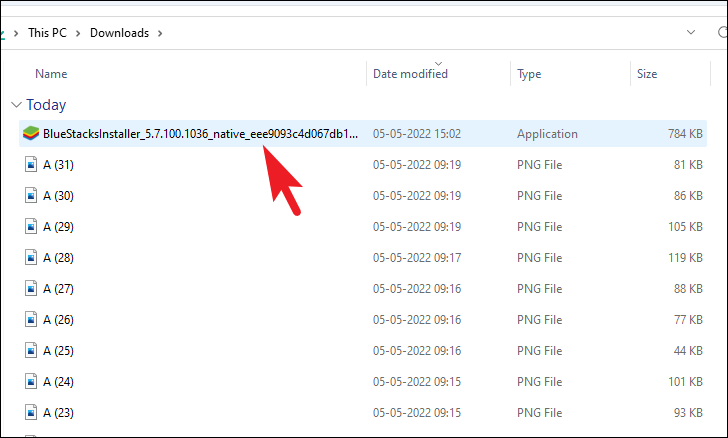
Step 3: In the installer window, click on the 'Install now' button to begin the installation. If you prefer to choose a custom installation directory, click on 'Customize installation'.

Step 4: If you chose 'Customize installation', click on 'Change folder' to select your desired installation location. After selecting the folder, click 'Install Now' to proceed.

Step 5: Wait for the installation to complete. This might take a few minutes.

Step 6: If you receive a 'Hyper-V inaccessible' alert during installation, click on the 'Grant and restart' button. This will enable necessary settings and restart your PC.

Step 7: A User Account Control (UAC) prompt may appear. If you're not logged in as an administrator, enter the admin credentials. Otherwise, click 'Yes' to proceed. Your computer will restart to apply the changes.
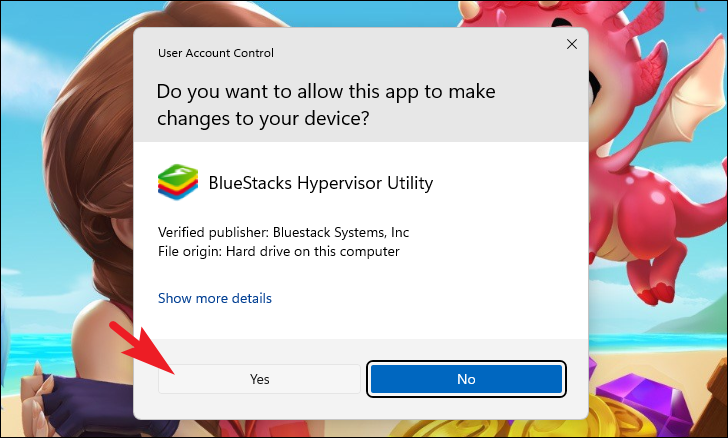
Step 8: After the restart, BlueStacks will be installed on your system. You can launch it by double-clicking the BlueStacks icon on your desktop.
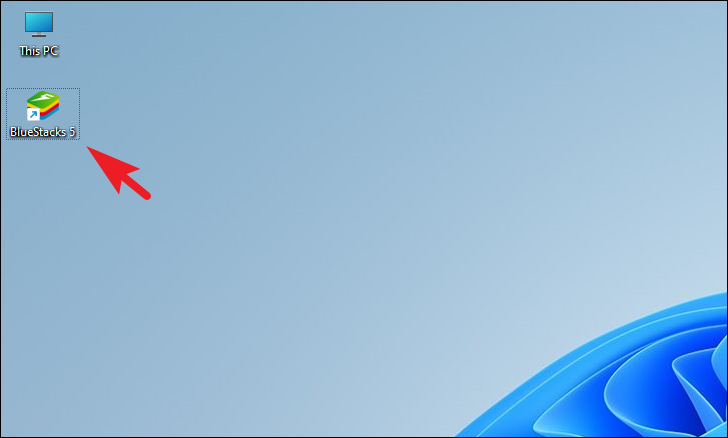
If you prefer, you can also search for BlueStacks in the Start Menu. Click on the 'BlueStacks' app to open it.

Enable Hyper-V manually
In some cases, BlueStacks may not be able to enable Hyper-V automatically and will display a warning upon launch. If this happens, you need to enable Hyper-V manually on your PC.
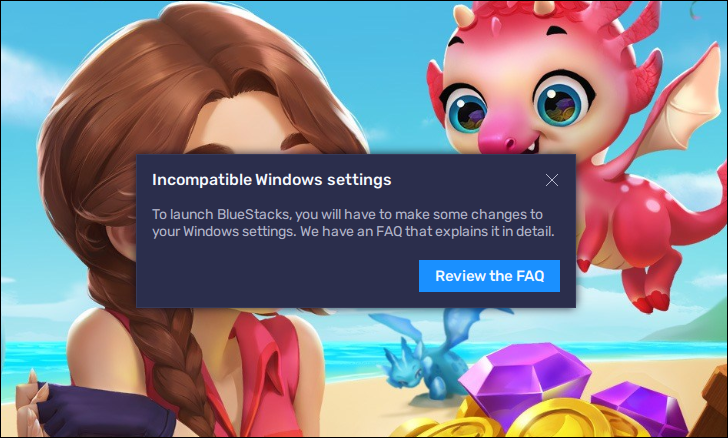
Step 1: Open the Start Menu and type Turn Windows features on or off, then click on the matching result to open the Windows Features dialog.

Step 2: In the Windows Features window, scroll down and check the boxes next to 'Hyper-V', 'Virtual Machine Platform', 'Windows Hypervisor Platform', 'Windows Sandbox', and 'Windows Subsystem for Linux'. Then click 'OK'.
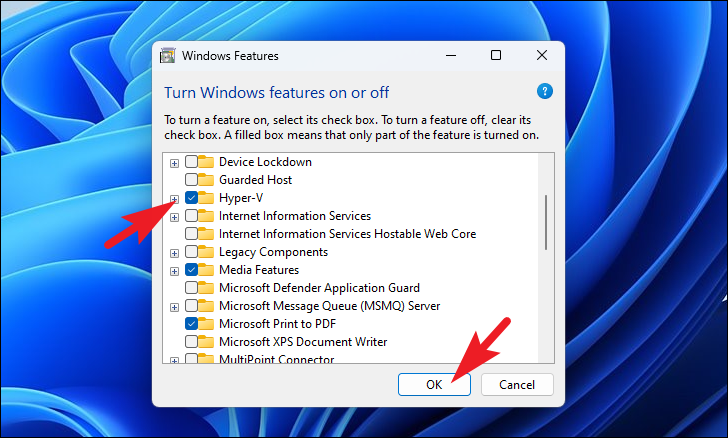
Step 3: Windows may prompt you to restart your computer to apply the changes. Click 'Restart now' to reboot your PC.

Step 4: After the restart, launch BlueStacks again. It should now run without any issues.
Sign in to Google Play Store and download Android apps
With BlueStacks installed, you can sign in to the Google Play Store to download and use Android apps on your Windows PC.
Step 1: Open BlueStacks from the desktop shortcut or Start Menu.
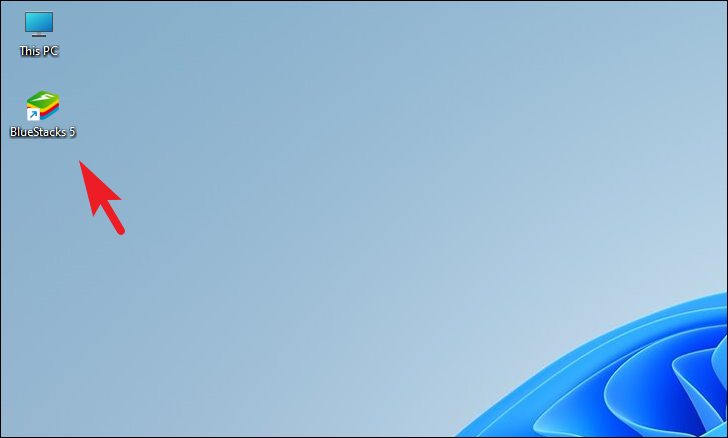
Step 2: On the BlueStacks home screen, click on the 'Play Store' icon to open the Google Play Store.
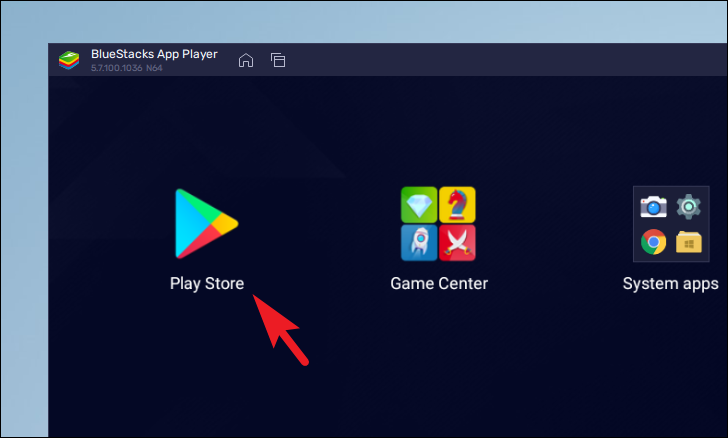
Step 3: Click 'Sign in' to log in with your Google account.

Step 4: Enter your Google account credentials to sign in.
Step 5: You will be asked whether you want to back up your apps and data to Google Drive. If you do not want to, toggle off the option. Then click 'Accept' to proceed.

Step 6: After signing in, you'll be taken to the Play Store home screen. You can browse apps by category or use the search bar to find specific apps.
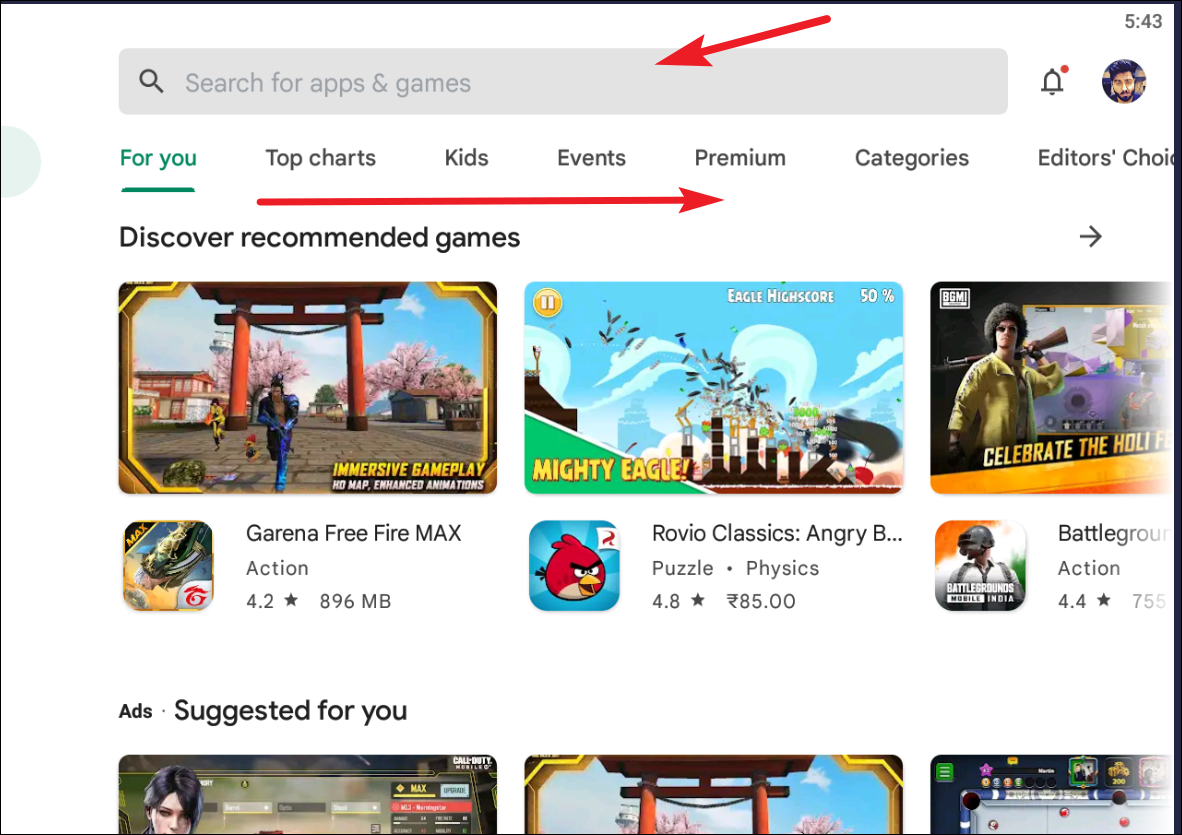
Step 7: When you find an app you want to install, click on it to view its details.

Step 8: Click the 'Install' button to download and install the app.

Step 9: Once installed, the app will appear on the BlueStacks home screen. Click on its icon to launch it.
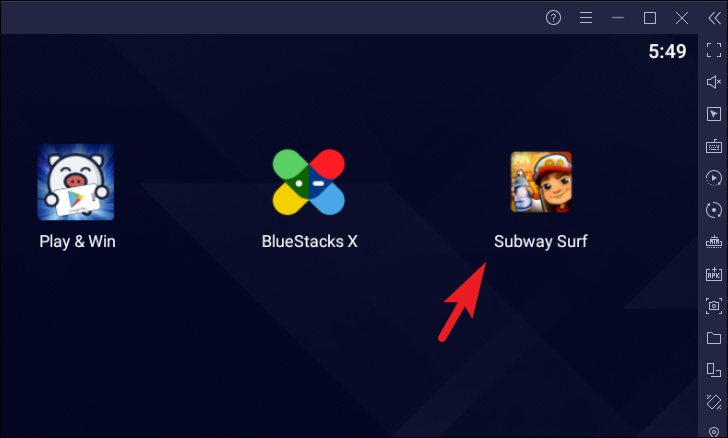
Uninstall an Android app
Step 1: To remove an app, locate its icon on the BlueStacks home screen. Click and hold the app icon to reveal a context menu.

Step 2: Click on 'Uninstall' from the menu. A confirmation window will appear.
Step 3: Click 'OK' in the confirmation window to uninstall the app.
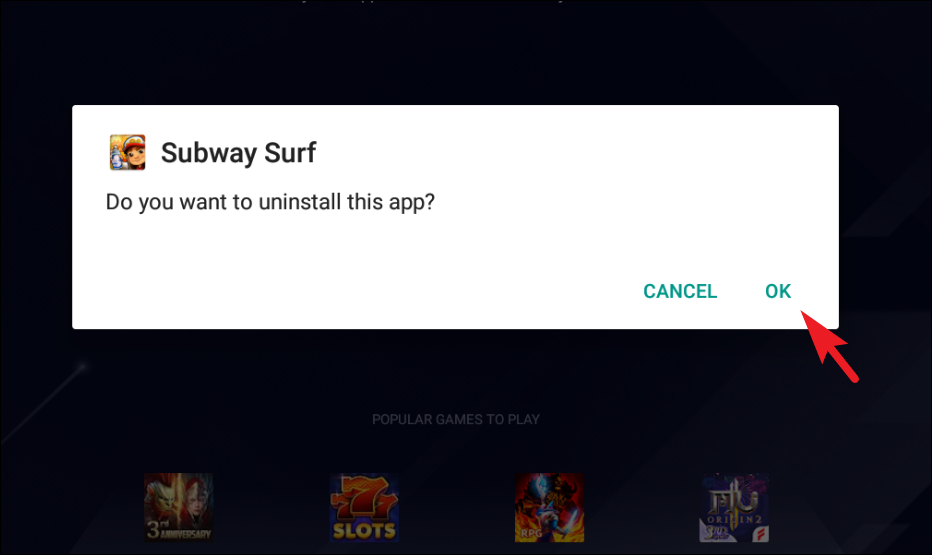
Tweak settings on BlueStacks for a better experience
If your PC has high-end specifications, you can adjust BlueStacks settings to enhance your gaming and app experience.
Step 1: In BlueStacks, click on the 'Settings' icon located at the bottom-right corner of the home screen.
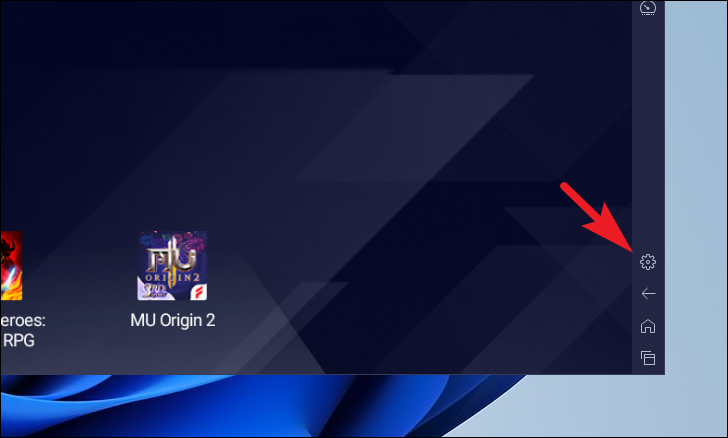
Step 2: In the settings window, select the 'Performance' tab from the left sidebar.
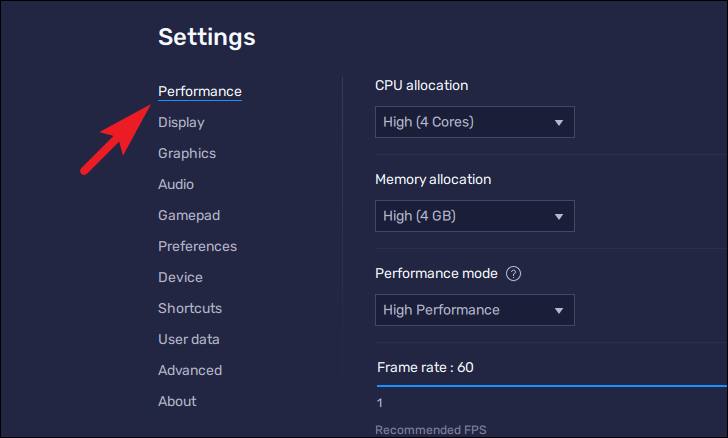
Step 3: On the right, set 'CPU allocation' to 'High' by selecting it from the dropdown menu. Do the same for 'Memory allocation'. Under 'Performance mode', select 'High performance'.
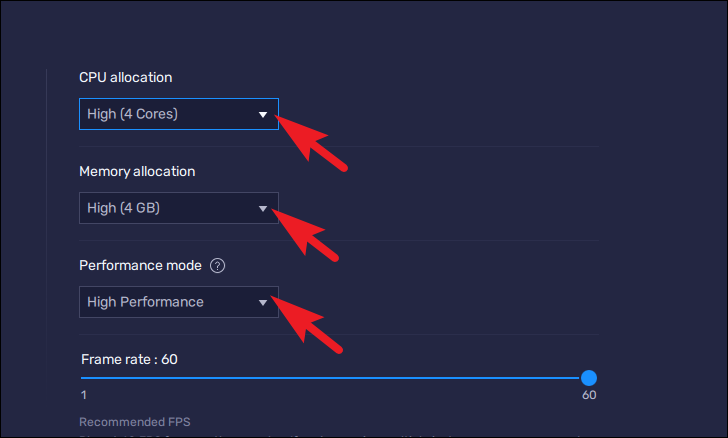
Step 4: If you have a high-refresh-rate display, enable 'Enable high frame rate' by toggling the switch. Then, adjust the 'Frame rate' slider to match your monitor's refresh rate. Click 'Save changes' to apply.
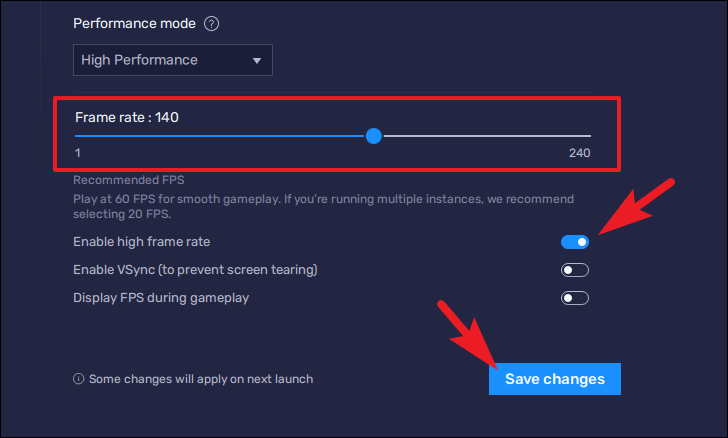
Step 5: Next, go to the 'Display' tab on the left.
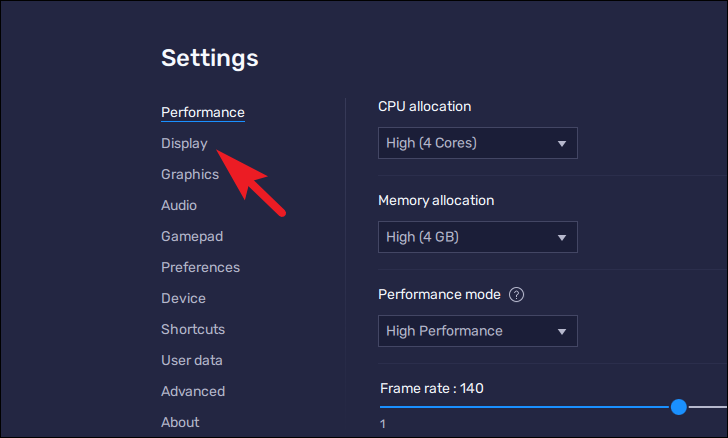
Step 6: On the right, under 'Display resolution', select the highest resolution supported by your display. Click 'Save changes' to confirm.
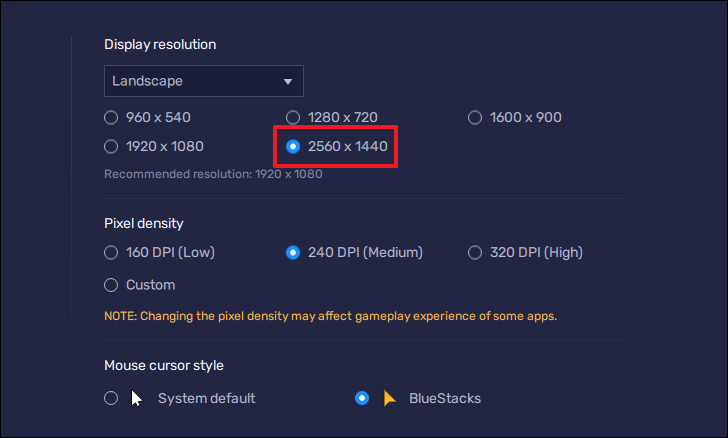
Step 7: You may also explore the 'Shortcuts' tab to view and customize keyboard shortcuts for BlueStacks.

Step 8: If BlueStacks is taking up significant storage space, you can free up space by going to the 'User data' tab.
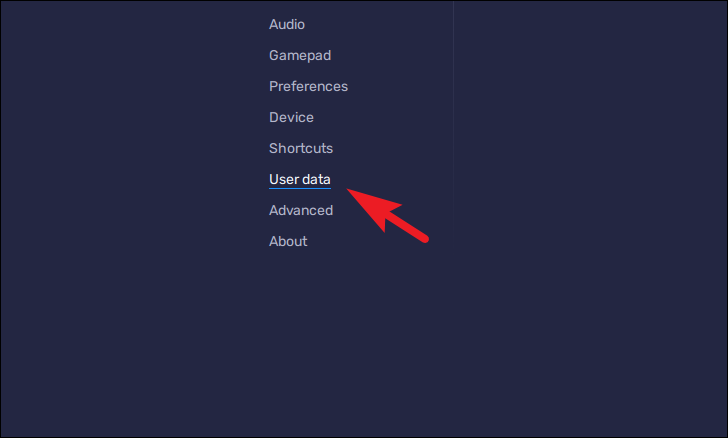
Step 9: Click on 'Free up space'. A confirmation window will appear. Click 'Continue' to proceed. Note that this will close all BlueStacks instances.
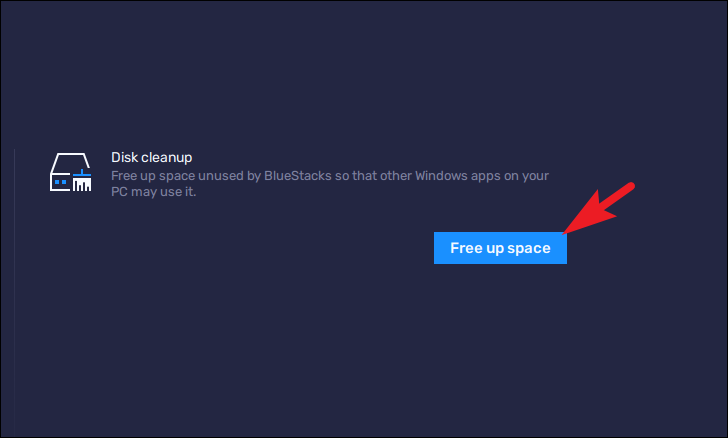
Step 10: Wait for the cleanup process to finish. Once completed, BlueStacks will reopen automatically.
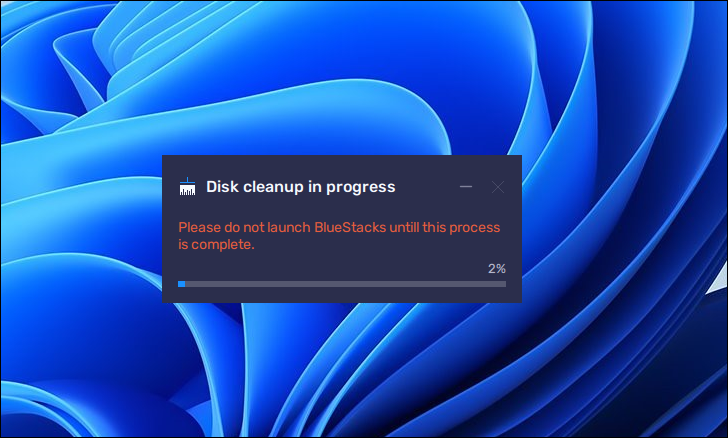
Can you update from a previous version of BlueStacks?
If you're currently using BlueStacks 4 and are considering upgrading to BlueStacks 5, it's important to note that you cannot directly update to the new version. BlueStacks 5 is a complete overhaul of the Android emulator, and requires a fresh installation as described above.
You can, however, have both BlueStacks 4 and BlueStacks 5 installed on the same computer. This allows you to continue using BlueStacks 4 for any games or apps that may not yet be optimized for the new version.
This guide provides comprehensive instructions on installing and optimizing BlueStacks on your Windows 11 PC, allowing you to enjoy Android apps and games seamlessly on your computer.

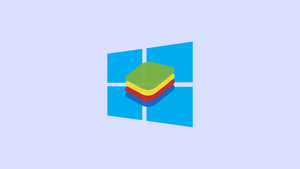









Member discussion